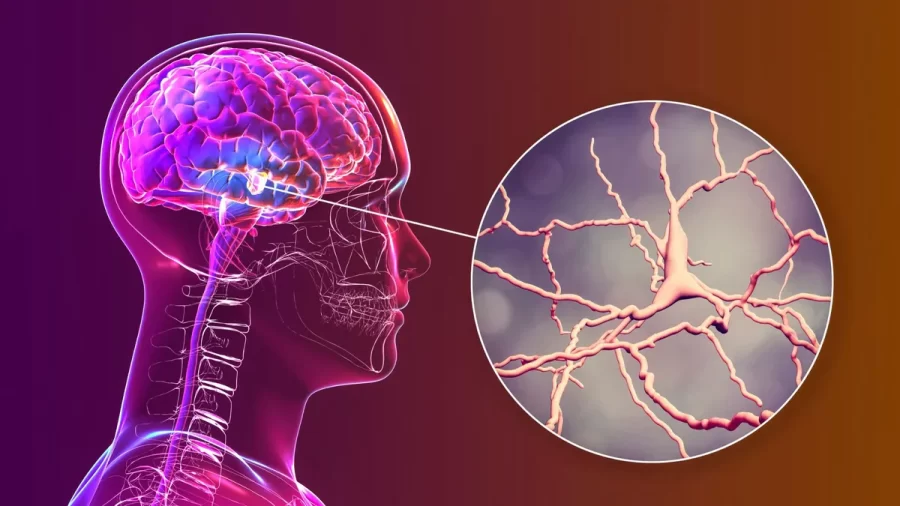Scientists Are Working On Artificial Nerve Cells To Replace Those Destroyed By Parkinson’s
A cure for Parkinson’s disease is now in development.
The Observer reported that the first patient trials for a novel Parkinson’s disease treatment, in which lab-grown stem cells are converted into nerve cells to replace those killed by the disease, will begin in the coming months. The goal of treatment is to prevent the severe symptoms of the illness. At least one million Americans and almost six million people worldwide are thought to have Parkinson’s disease, according to the Parkinson’s foundation. When the brain’s dopamine-supplying nerve cells start to die, the disease starts to develop. Reduced dopamine levels induce the three hallmark motor symptoms of Parkinson’s disease: resting tremor, generalized slowness (bradykinesia), and stiffness of the limbs. This is because dopamine conveys signals to the area of the brain that regulates movement and coordination. Currently, there is a drug that replaces some of the functions on the cells, but it is very ineffective.
Creating the Cells
They utilise stem cells, which can be cultivated in lab settings and converted into dopamine cells, and from which all cells with particular functions are produced. According to The Observer, “We now know that implanting dopamine cells in the brain will work and the operation is safe. Sufficiency of tissue is no longer a problem because we can produce these cells in vast quantities in the lab.” This treatment will also be very affordable because stem-cells have become a standardized product. The trials are scheduled to begin in the next months and last for a full year. The cells are ready to be implanted and are in a freezer. “Sweden will perform the transplants since they have the necessary equipment.” Additional studies will be conducted in the coming year as a result.The completion of the trials and the study of the outcomes and any side effects are anticipated to take at least two years. In around five years, the final treatment might be made available to the public.
RELATED ARTICLES
https://www.bbc.com/news/science-environment-63195653
https://www.quantamagazine.org/lab-grown-human-cells-form-working-circuits-in-rat-brains-20221012/
https://www.news-medical.net/life-sciences/Lab-Grown-Neurons.aspx
https://www.nature.com/articles/d41586-020-02986-y
TAKE ACTION















